How the World Reacts to Sanae Takaichi
Global Reactions to Sanae Takaichi’s Political Rise
The appointment of Sanae Takaichi as the new leader of Japan’s Liberal Democratic Party (LDP) — and the country’s first potential female prime minister — has triggered a wave of international attention. From Washington to Beijing, global observers are assessing what her leadership could mean for Japan’s future direction in diplomacy, defense, and economic policy.
While many overseas commentators hail Takaichi as a symbol of progress and gender equality, others express concern over her conservative views and close alignment with former Prime Minister Shinzo Abe. Western media outlets describe her as “Japan’s Iron Lady,” drawing parallels with Margaret Thatcher, while Asian neighbors emphasize the potential challenges in regional diplomacy.
In the United States and Europe, her assertive stance on national security is seen as strengthening the U.S.-Japan alliance and reinforcing democratic resilience in the Indo-Pacific. Meanwhile, Chinese and Korean media highlight possible tensions over historical and territorial issues, warning of a tougher stance from Tokyo.
Overall, global reactions can be summarized in three main trends:
- Positive view: Admiration for a strong female leader and Japan’s political modernization.
- Neutral-pragmatic view: Focus on stability and Japan’s strategic continuity within the U.S.-led alliance.
- Critical view: Concern over nationalism, historical disputes, and future diplomatic frictions.
As the world watches Japan’s political transition, one question dominates headlines: Will Takaichi’s leadership transform Japan into a more assertive yet inclusive global power? This article explores how various regions interpret her rise and what it reveals about Japan’s role in global politics.
Why the World Is Paying Attention to Sanae Takaichi
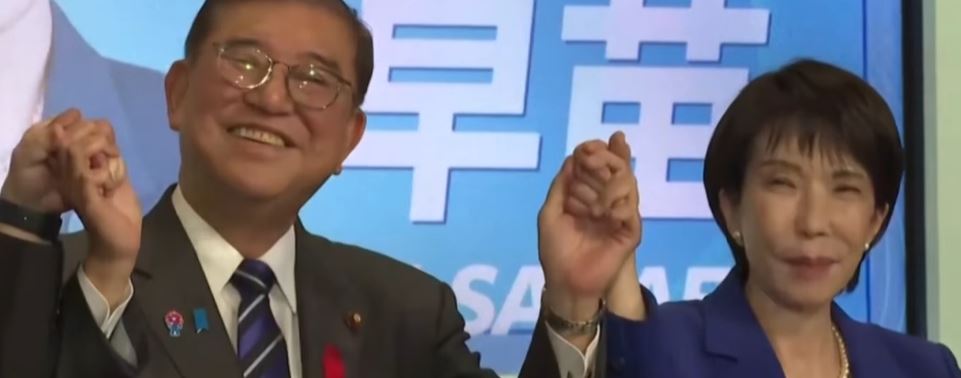
The international fascination with Sanae Takaichi is not simply about the historic possibility of Japan’s first female prime minister. It reflects broader global interests in Japan’s political direction at a time of geopolitical tension, economic uncertainty, and shifting alliances in the Indo-Pacific region.
First, Takaichi represents a decisive and conservative political force within Japan’s ruling Liberal Democratic Party (LDP). Her consistent advocacy for constitutional revision, stronger defense capabilities, and a tougher stance on China signals a potential turning point in Japan’s postwar pacifist framework. For many Western nations, this aligns with their strategic aim of maintaining balance against Beijing’s influence.
Second, her rise symbolizes the modernization of Japanese leadership. Despite Japan’s global image as a developed democracy, female representation in high-level politics has remained remarkably low. Takaichi’s ascent sends a powerful message — not only to Japanese voters but also to global audiences — that Japan is capable of embracing diversity at the highest level of power.
Third, the world is also observing how her leadership might affect Japan’s diplomatic tone. Analysts note that she may adopt a more assertive approach toward China and North Korea while deepening cooperation with the United States and NATO allies. This dual strategy of deterrence and partnership could redefine Japan’s position as a proactive security actor in the region.
Finally, her close relationship with former Prime Minister Shinzo Abe has become a focal point of international analysis. Supporters abroad view it as continuity in Japan’s economic and defense strategies, while critics argue it may limit innovation and maintain the status quo. Either way, Takaichi’s leadership promises to shape Japan’s foreign policy narrative for years to come.
In summary, the world’s attention is drawn to Takaichi because she stands at the crossroads of history, gender, and geopolitics. Her actions in the coming months will determine whether Japan evolves into a more assertive democracy — or reaffirms its traditional conservative path.
U.S. and European Perspectives on Takaichi’s Leadership
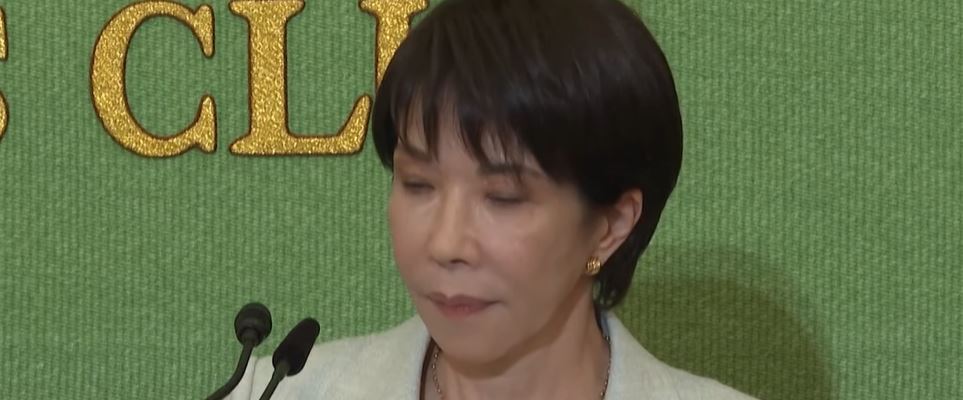
In the United States and Europe, Sanae Takaichi is largely viewed through the lens of strategic stability and shared democratic values. Western analysts and policymakers have responded positively to her rise, describing her as a “principled conservative” and “a reliable partner in safeguarding the Indo-Pacific.” Her alignment with Washington’s regional strategy has reassured allies that Japan will continue to act as a cornerstone of security in Asia.
American media outlets such as The Washington Post and Foreign Policy highlight Takaichi’s commitment to strengthening the U.S.-Japan alliance and supporting Ukraine against Russian aggression. Analysts emphasize that her approach is likely to maintain the strong defense cooperation established under the Abe and Kishida administrations, with greater focus on cybersecurity and technological innovation.
In Europe, political commentators frame Takaichi’s ascent as a reflection of Japan’s democratic resilience. Outlets like the BBC and Deutsche Welle note that her leadership marks a historic moment for gender representation, comparing her to Margaret Thatcher and Angela Merkel. However, European observers also stress that her nationalist rhetoric may complicate Japan’s relations with neighboring countries and limit its soft power in Asia.
Economically, Western experts anticipate that Takaichi will pursue policies favoring economic security and technological sovereignty. By deepening cooperation with the U.S. and EU on semiconductor supply chains and green innovation, Japan is expected to play a pivotal role in shaping a resilient global economy amid increasing competition with China.
Overall, the Western reaction can be summarized as cautious optimism. Takaichi’s leadership is seen as a continuation of Japan’s democratic tradition, a strengthening of transatlantic cooperation, and a symbolic victory for women in global politics. Yet, many in the West will closely watch whether her conservative agenda can coexist with Japan’s image as a pragmatic and inclusive democracy.
Chinese and Taiwanese Perspectives on Takaichi
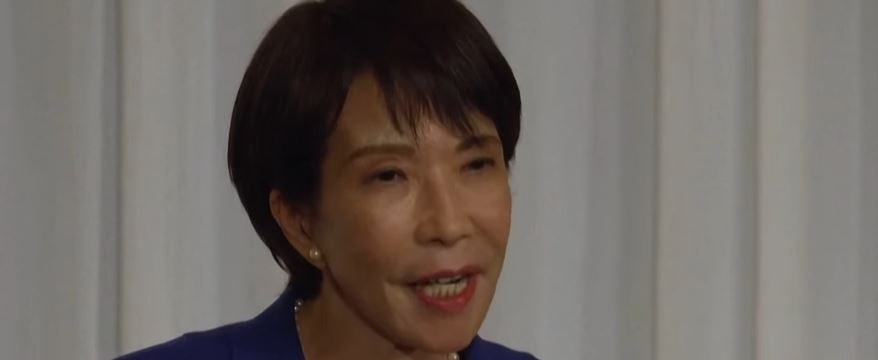
Among Asian observers, China and Taiwan have reacted to Sanae Takaichi’s leadership with starkly contrasting tones. While Beijing expresses clear caution and concern, Taipei views her rise with optimism, interpreting it as a sign of stronger regional partnerships and shared democratic ideals.
In China, state-run media such as Global Times and Xinhua News emphasize Takaichi’s reputation as a “hardline nationalist.” Her public support for Japan’s constitutional revision and her firm stance on defense are portrayed as potential threats to regional stability. Chinese commentators argue that her alignment with Washington could accelerate what they describe as “a new Cold War dynamic” in East Asia. Moreover, her visit to the controversial Yasukuni Shrine in previous years remains a sensitive topic, often cited as evidence of Japan’s “historical revisionism.”
However, analysts in Taiwan offer a strikingly different interpretation. Taiwanese outlets such as Liberty Times and Taipei Times praise Takaichi’s commitment to strengthening Japan’s democratic identity and defending the status quo in the Taiwan Strait. Her emphasis on deterrence and security cooperation is seen as an essential counterbalance to Chinese military pressure. Political figures in Taipei have expressed hope that under Takaichi’s leadership, Tokyo will take a clearer stance on defending peace and democracy in the Indo-Pacific.
Interestingly, some Chinese scholars—especially from think tanks in Shanghai and Beijing—acknowledge that Takaichi’s assertive diplomacy could increase Japan’s regional influence. They suggest that Beijing may need to adapt by pursuing more pragmatic economic and cultural engagement with Tokyo, despite political frictions.
Overall, China views Takaichi as a potential challenge, while Taiwan sees her as a potential ally. This dual perception underscores how Japan’s domestic politics have become intertwined with the broader geopolitical contest between authoritarianism and democracy. As a result, Takaichi’s foreign policy will likely shape not only Japan’s future, but also the strategic balance of the entire Asia-Pacific region.
Korean and East Asian Perspectives on Takaichi

In South Korea and the broader East Asian region, Sanae Takaichi’s rise has sparked a complex mix of curiosity, skepticism, and guarded respect. Korean media outlets and analysts view her as a historic yet controversial figure — a woman breaking political barriers while embodying the nationalist continuity of Japan’s conservative establishment.
Major Korean newspapers such as The Korea Times and JoongAng Ilbo describe Takaichi as a “determined reformer” but also a “symbol of Japan’s rightward shift.” Her prior remarks on wartime history and territorial issues have resurfaced in South Korean commentary, raising concerns about future diplomatic friction. Some Korean politicians have openly questioned whether she will take a softer approach toward historical reconciliation or maintain Tokyo’s firm stance on the Dokdo/Takeshima dispute.
At the same time, Korean commentators acknowledge the symbolic significance of a female prime minister in Japan — a country where women remain underrepresented in leadership roles. Editorials in Seoul highlight that Takaichi’s political success could indirectly encourage greater gender equality across Asia, even among nations with patriarchal political cultures.
Beyond South Korea, reactions from other East Asian countries are pragmatic. In Singapore and Vietnam, local media frame Takaichi as a leader focused on economic resilience and regional security. Southeast Asian analysts note that her policies could strengthen the Quad alliance and increase Japan’s engagement in maritime defense, which many ASEAN nations welcome as a counterbalance to Chinese assertiveness.
In summary, the East Asian response to Takaichi is layered: Korea views her through the lens of history, while Southeast Asia focuses on her strategic utility. Both perspectives, however, agree on one point — Takaichi’s leadership will influence the balance of diplomacy, gender politics, and regional security across the Asia-Pacific.
Media Coverage and Comment Analysis

The global media response to Sanae Takaichi has been both wide-ranging and deeply symbolic. Across continents, headlines reveal not only political assessments but also cultural narratives about leadership, gender, and Japan’s evolving identity. By examining news reports and public commentary, a clear pattern emerges: Takaichi’s rise has become a mirror reflecting how the world perceives Japan’s future direction.
In the United States, outlets such as The New York Times and CNN described Takaichi as “a disciplined conservative” and “Japan’s Iron Lady 2.0,” emphasizing her strong ties to the late Shinzo Abe. Editorials framed her leadership as a continuation of the Abe Doctrine — a commitment to security reform, free trade, and a stronger role for Japan in global governance. Social media comments among American readers were largely positive, praising her decisiveness and reformist energy.
In Europe, The Guardian and Le Monde balanced admiration with caution. Articles highlighted her as “a symbol of gender progress in a traditional society,” yet questioned whether her nationalist rhetoric might strain relations with neighbors. Online discussions among European readers reflected cautious respect — with frequent comparisons to Margaret Thatcher and Angela Merkel.
In China, the tone was markedly different. State-affiliated outlets such as Global Times accused Takaichi of promoting “historical revisionism” and warned that her policies could “destabilize the region.” On Chinese social platforms like Weibo, reactions were polarized: some users criticized Japan’s “militaristic revival,” while others noted admiration for her firm leadership style and political resilience.
Meanwhile, South Korean media adopted a tone of wary observation. Newspapers such as The Hankyoreh and Yonhap News focused on her past statements regarding wartime issues and expressed concern about possible regression in Japan-Korea relations. However, public sentiment online was more diverse — younger South Koreans were intrigued by her success as a female leader in a male-dominated political landscape.
Independent analysts across Asia and the West have described Takaichi as a “paradoxical leader”: conservative in ideology but progressive in representation. Commentators note that her image blends traditional Japanese values with a modern, assertive communication style — appealing to both older conservatives and younger voters seeking authenticity.
In short, media coverage of Takaichi reveals a world divided not by facts but by interpretation. To some, she embodies strength, reform, and national pride; to others, she represents continuity, caution, or controversy. Yet one fact remains undeniable — her emergence has redefined how the world talks about Japan and its role in the twenty-first century.
Conclusion and Future Outlook
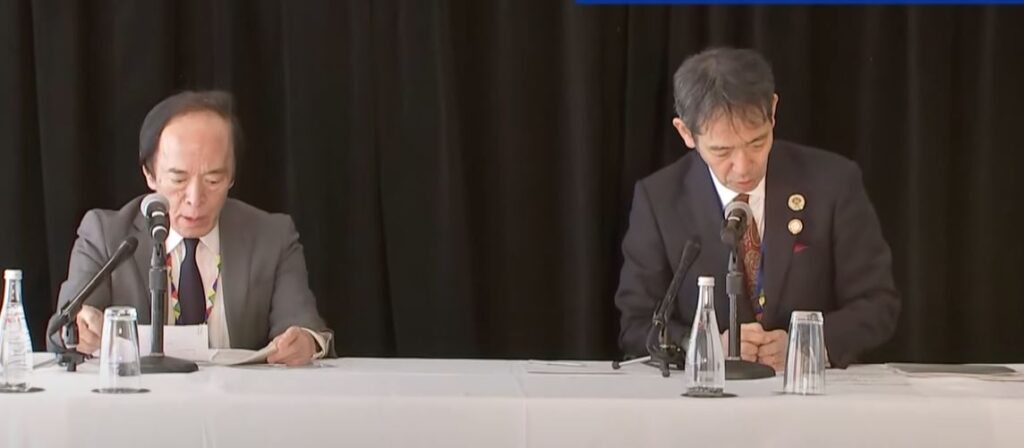
The international reaction to Sanae Takaichi’s leadership reflects far more than curiosity about Japan’s political scene. It reveals the world’s search for stability, vision, and moral clarity in an age of uncertainty. Whether admired or criticized, Takaichi has already succeeded in reigniting global debate over Japan’s identity and direction in the twenty-first century.
From Washington to Seoul, from Brussels to Taipei, foreign observers view her as a pivotal figure capable of reshaping Japan’s diplomacy and defense. Supporters see her as a symbol of determination and democratic resilience — a leader ready to defend freedom and regional order. Critics, however, warn that her conservative ideology and hawkish policies could deepen historical tensions and limit reconciliation in East Asia.
What stands out is her ability to merge traditional Japanese conservatism with modern political assertiveness. In doing so, Takaichi represents a generational shift — one that bridges Japan’s postwar pacifism with the demands of contemporary global strategy. Her tenure could mark the moment Japan transitions from a “reactive power” to a proactive democracy in the Indo-Pacific.
Looking forward, three challenges will define her success on the world stage:
- Diplomatic balance: Managing relations with China and South Korea while deepening ties with the U.S. and European partners.
- Economic resilience: Strengthening supply chains, energy security, and technological innovation to safeguard Japan’s autonomy.
- Social reform: Proving that gender equality and conservative politics can coexist within Japan’s governance model.
If Takaichi can navigate these competing pressures with strategic clarity and empathy, Japan may emerge not only stronger but also more influential on the global stage. Her leadership thus represents both a test and an opportunity — for Japan to redefine itself as a confident, inclusive democracy leading Asia into a new era.
In conclusion, the global reaction to Sanae Takaichi underscores one truth: Japan’s political transformation is no longer a domestic story. It is a global narrative — one that connects democracy, identity, and power in ways the world cannot ignore.
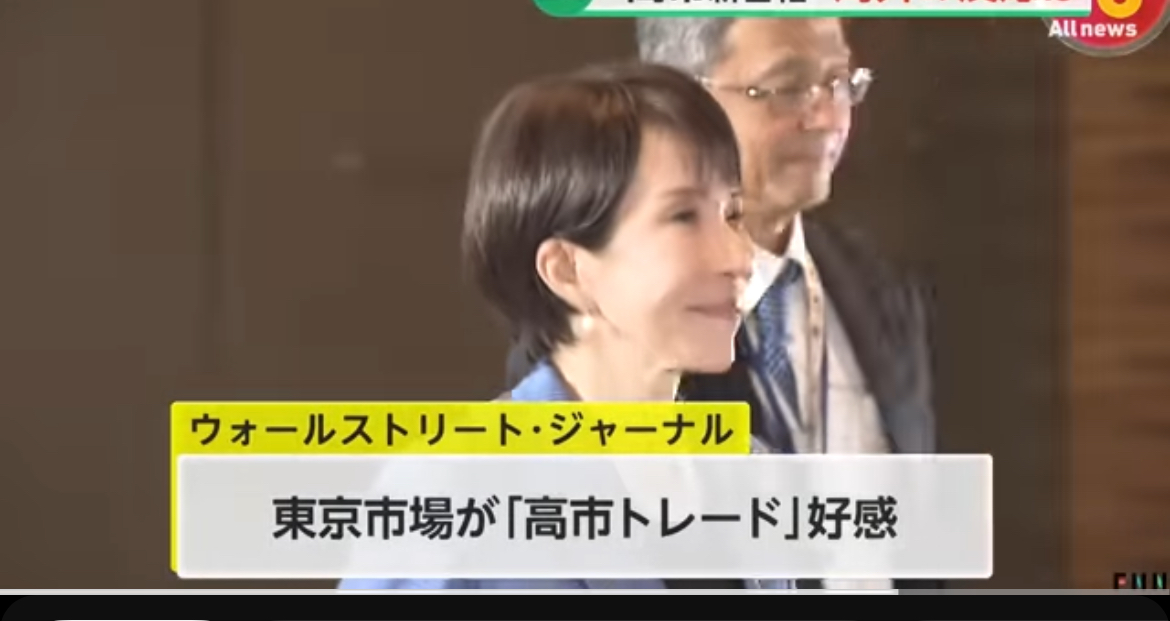
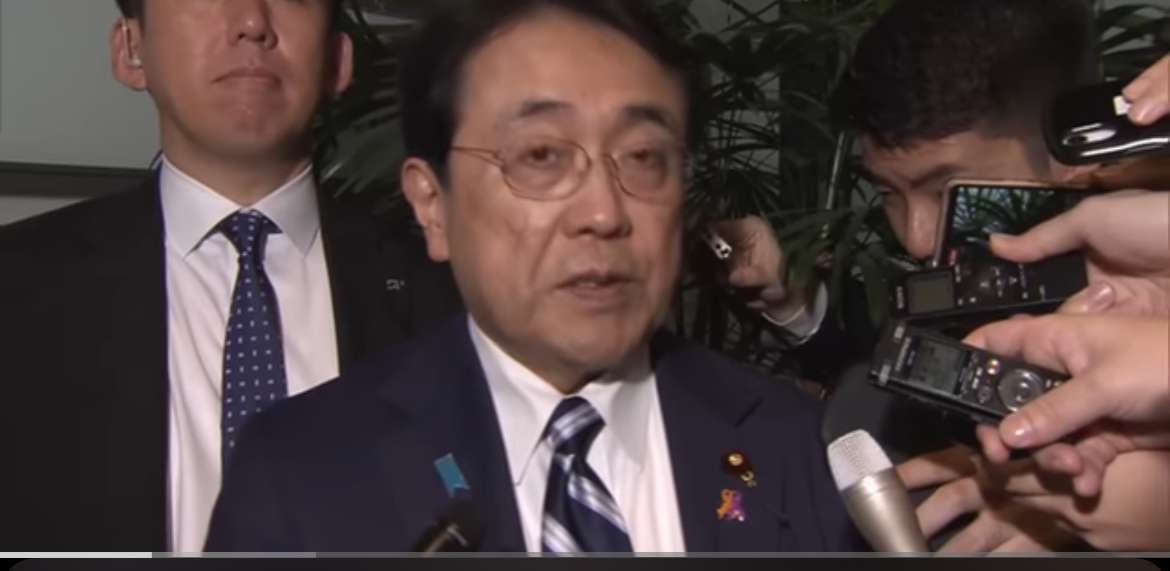





ディスカッション
コメント一覧
まだ、コメントがありません